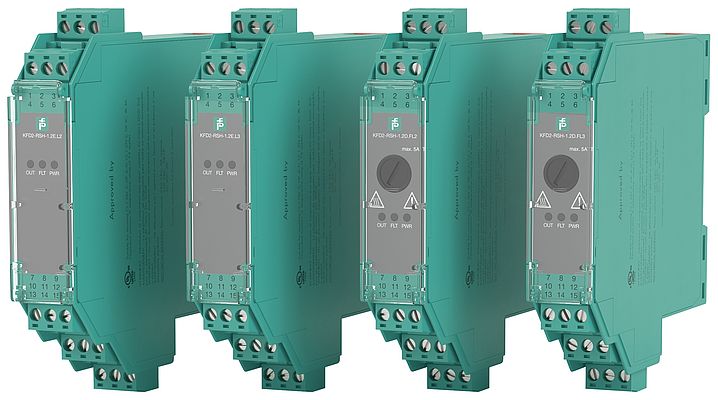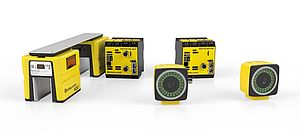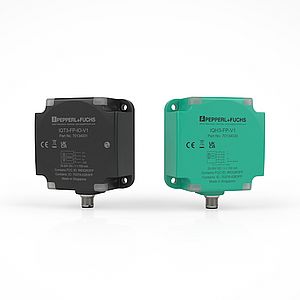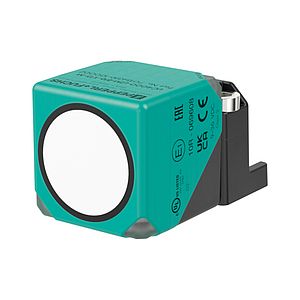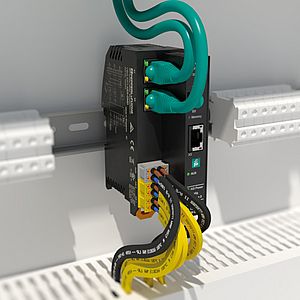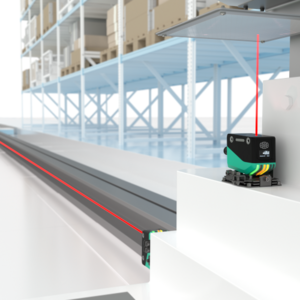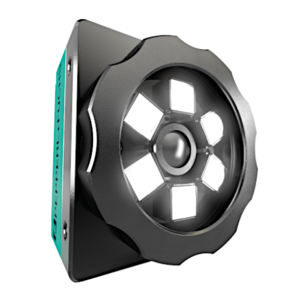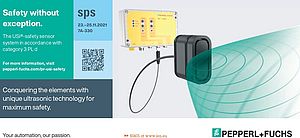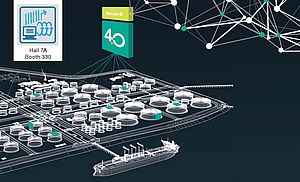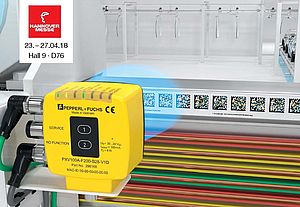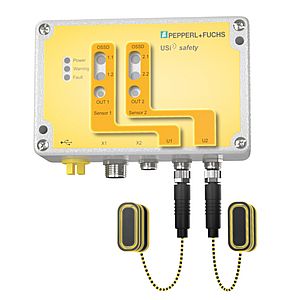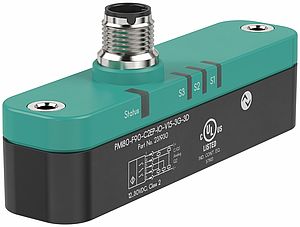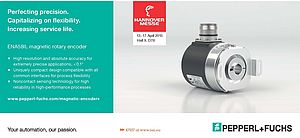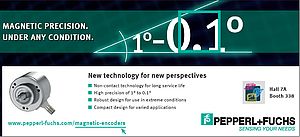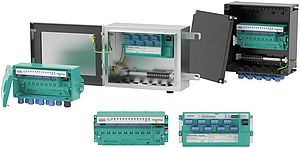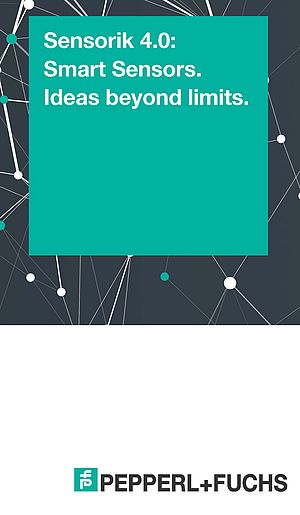Safety-related applications in the process industry are indispensable for personnel, plant and the environment and are subject to high requirements. Safety relays act as a link between control and load circuit and make a decisive contribution to maintaining the so-called safety integrity level of a system over the entire duration of the required life cycle. The loads include both inductive and capacitive components and devices. There are also different application areas for safety relays such as DTS (De-energized-to-safe) and ETS (Energized-to-safe). In a DTS signal circuit, e.g. with emergency shut-off valves or motor controls, the open contact is the safe state, with ETS the closed contact. Applications in an ETS circuit include, for example, optical and acoustic signal generators as well as extinguishing agent pumps. To optimize the availability of safety functions for the process industry, Pepperl+Fuchs has developed a new safety relay. It includes fault monitoring of the switching elements, self-diagnosis and line fault monitoring with regard to field-side short circuits and line breaks.
Safety relay with a key feature
The key feature of Pepperl+Fuchs new KFD2-RSH series safety relay is that diagnostics don’t require practically any additional effort for proof testing. To ensure safe switching, the relays are also equipped with line fault transparency to monitor the field circuit for line faults without additional wiring. They are immune to test pulses and are therefore compatible with digital output cards for all common control panels.
Integrated diagnostic function
Diagnostics is made possible by a 1oo3 (one out of three) architecture, a redundant structure with three elementary relays. For DTS (de-energized-to-safe) applications, there are three serial contacts. For ETS (energized-to-safe) signal circuits, there are two groups of three contacts each, arranged in parallel. Availability of the safety function is ensured, even if up to two contacts in a group fail. The module's integrated diagnostics move the three contacts successively with a time delay during each switching operation. In ETS applications, all three relays of both contact groups are initially closed with three consecutive switching events. During the delay period, the device checks whether this contact closes the circuit and detects any faulty circuits. DTS device diagnosis takes place during the restart process. Initially, two relay contacts are closed simultaneously, then the third contact is closed after a time delay. The idea is that there is no current flowing before the third contact closes, otherwise this relay is defective because it no longer disconnects the circuit. A different relay is checked during every switching cycle. After switching three times, the relay module is fully tested once without any additional effort.
Line fault transparency
The KFD2-RSH safety relays provide comprehensive line fault transparency. Short circuits and lead breakages are also detected on the field side and assigned to a specific signal circuit. No additional wiring is required. Digital output cards on control panels often offer built-in diagnostics. The module input effectively filters the test pulses coming from the digital card. This prevents an unintentional switching of the field device as a result of a diagnosis measure or the unintentional display of a line fault in the control panel.
Modules are available for both DTS and ETS applications and for load circuits up to 60 VDC and up to 230 VAC. The single-channel devices are certified in accordance with the ATEX/IECEx Zone 2 and UL standards and are suitable for applications up to IEC61508 SIL 3. The DTS modules are also suitable for applications up to EN ISO 13849 PL e.


